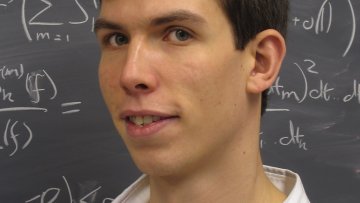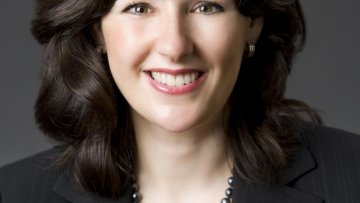Compressed Sensing Reconstruction of Dynamic X-ray Imaging
Abstract
Medical imaging is a key diagnostic tool, and is paramount for disease detection and for patient monitoring during ongoing care. Often, to reduce the amount of radiation that a patient is subjected to, there is a strong incentive to consider image reconstruction from incomplete sets of measurements, and so the imaging process is formulated as a compressed sensing problem.
In this talk, we will focus on compressed sensing for digital tomosynthesis (DTS), in which three-dimensional images are reconstructed from a set of two-dimensional X-ray projections. We first discuss a reconstruction approach for static bodies, with a particular interest in the choice of basis for the image representation. We will then focus on the need for accurate image reconstructions when the body of interest is not stationary, but is undergoing simple motion, discussing two different approaches for tackling this dynamic problem.



